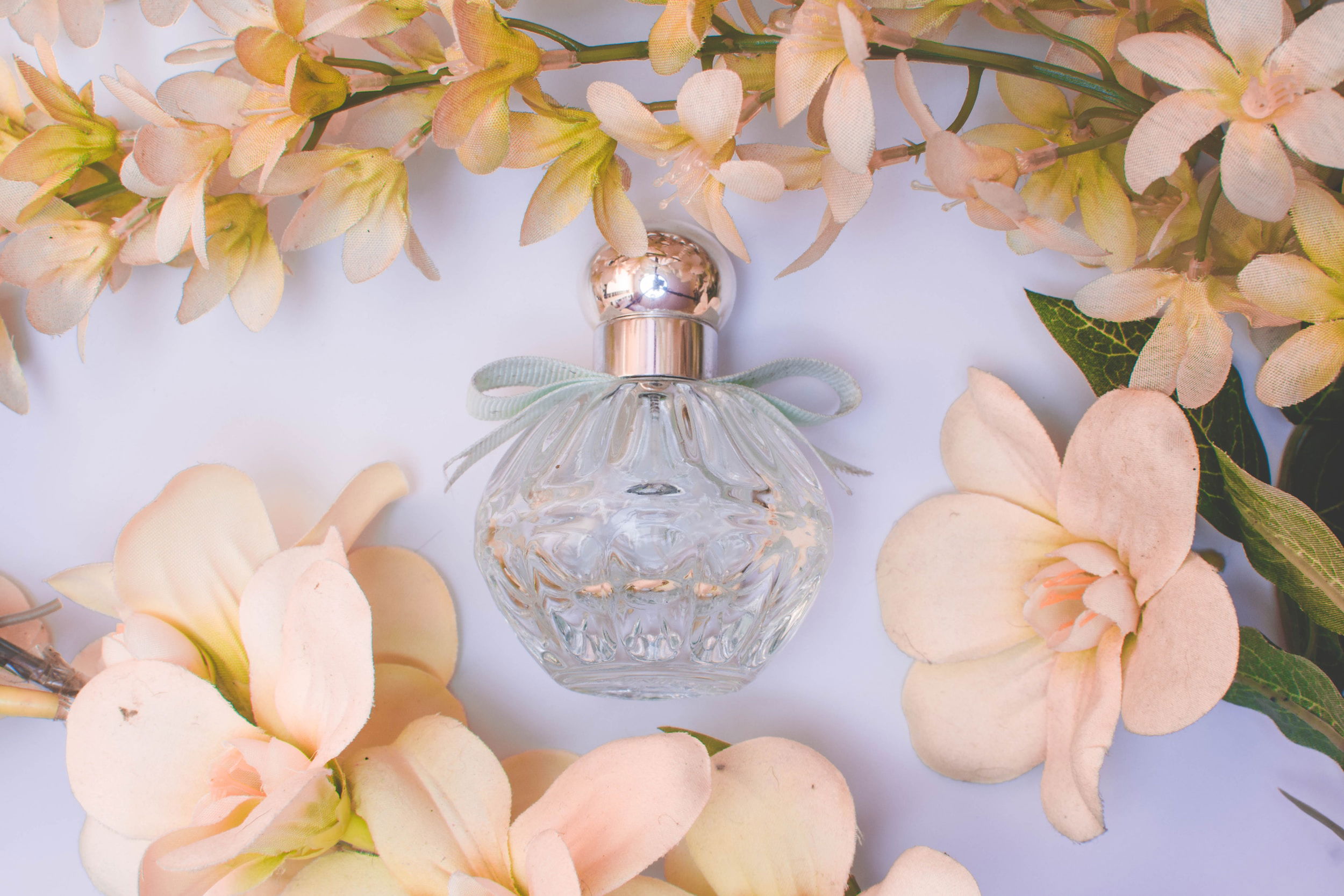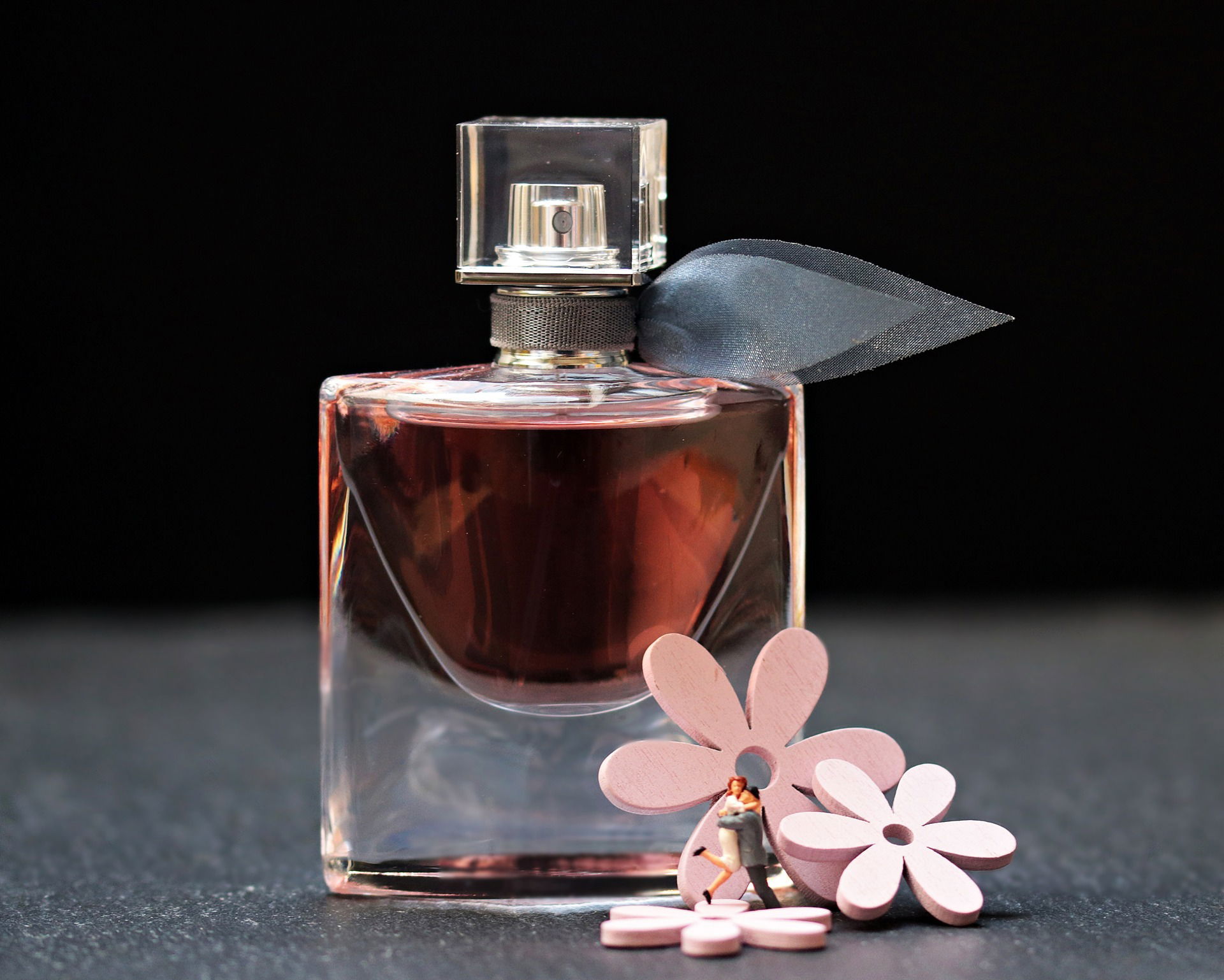Things You Didn’t Know About The History Of Perfume
The history of perfume is a captivating journey that takes us back to ancient civilizations. While various theories exist about its origin, Mesopotamians, Persians, and Egyptians are commonly recognized as the early creators of perfumes. In Babylonian Mesopotamia, Tapputi, a female chemist, is credited as the first known perfume maker, concocting scents with myrrh, oils, and flowers. In ancient Egypt, perfumes played a pivotal role in religious ceremonies, burial preparations, and daily wear, believed to be the sweat of the sun god Ra.

The Egyptians even had a god of perfume named Nefertum, depicted wearing a head dress made of water lilies, a common perfume ingredient today. Persians also valued perfume as a symbol of political status, with kings often portrayed alongside perfume bottles in Persian paintings. As the Greeks and Romans encountered perfume through their conquest of Persia, it transformed from a symbol of status to an art form. By 1190, when perfume reached Paris, it began to flourish commercially, evolving into the massive industry we know today.
The world's first perfume, Hungary Water, marked a shift in the perception of fragrance. The Hungarians crafted it for Queen Elizabeth of Hungary, blending scented oils in an alcohol solution. This creation set the stage for the development of modern wearable scents throughout Europe, shaping the meaning and status of perfume across different countries.

In exploring the ingredients that contribute to the world's most expensive perfumes, we find a reliance on absolute oils—concentrated, aromatic mixtures extracted from rare or highly regulated plants and flowers. Jasmine, Bulgarian Rose, Oud, Musk, and Orris are among the priciest components. Notably, Ambergris, a substance produced in the digestive system of sperm whales, stands out as the most expensive ingredient. Factors such as rarity, difficulty in obtaining, and regulation contribute to the high cost of these natural ingredients. Additionally, the loss of a natural source, as seen with Oud oil, or off-season availability, as with ylang-ylang from Madagascar, can also drive up the price of perfume ingredients.
The world of perfume weaves a rich tapestry of cultural, historical, and botanical influences, each scent telling a story that transcends time.